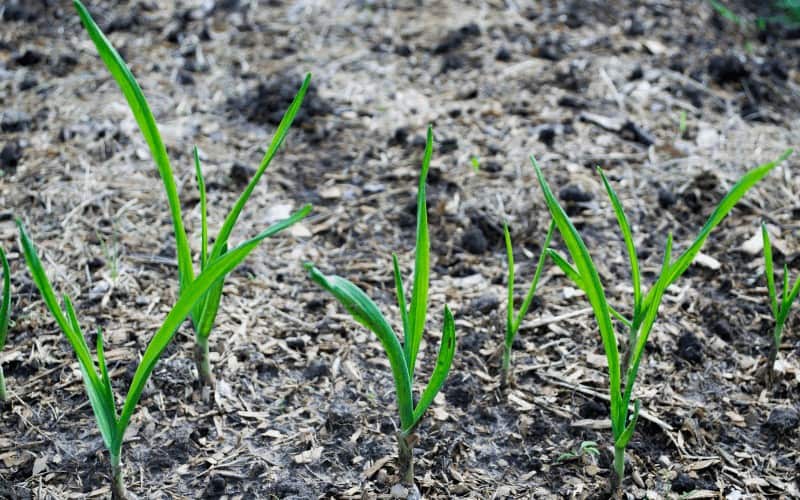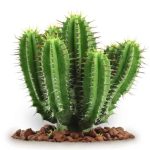Is garlic man-made? Is it a GMO or a natural hybrid? What actually is the story behind the current form of garlic? Yes, just like many of the fruits and veggies we eat today, garlic is also man-made natural hybrids.
But that shouldn't stop you from eating them; the essence of knowing this is for information purposes only.
Garlic has existed for a very long time - history has it that humans have been consuming and cultivating garlic for several thousand years now.
It is an ancient plant with an interesting history. Actually, the plant garlic is one of the species in the onions genus, Allium.
Is Garlic Man-Made?
It may be a little bit confusing to point out if garlic was modified by humans or it evolved on its own.
Well, here's the concise answer you seek; garlic achieved its current form due to human intervention about 6,000 years ago.
Ancient Indians were believed to must have domesticated the wild plant, Allium longicuspis, and influenced its transformation into the modern-day garlic (Allium sativum).
The ancient Indians who were believed to have domesticated Allium longicuspis, are also poised to have influenced the taste and medicinal properties of garlic. Today, there are about 600 cultivated sub-varieties of garlic worldwide.
There is currently no specific classification for the varieties of garlic; however, in the United States, garlic varieties are generally categorized into softnecks and hardnecks.
While in France, there are four groups of garlic varieties: white, purple, pink arrow, and pink without arrows.
Where Do Garlic Come From Originally?

It looks like the regular onion you know, but it has unique characteristics and also delivers different nutrients to the body.
Garlic has a history that spans over 5000 years - down to 3500–1200 BCE. This plant is believed to have originated from Central Asia, where its closest wide ancestor thrives.
Garlic, with the scientific name Allium sativum, looks pretty much like Allium longicuspis, and although A. longicuspis is mostly sterile, it's been doubted to be the true wild ancestor of modern-day garlic.
Thus, further studies hint at A. tuncelianum, A. macrochaetum, and A. truncatum, as possibly wild ancestors of modern garlic. All these aforementioned wild species are endemic to the Middle East.
Other wild varieties such as "crow garlic," "wild garlic," and "field garlic" (endemic to Britain) are members of the following species, respectively: Allium vineale, Allium ursinum, and Allium oleraceum.
The cultivated garlic cultivars do not reproduce by themselves; they are sterile and can only reproduce through propagation by hand. The sterility of cultivated garlic can be linked with its domestication process.
Domesticated garlic typically has the following traits, increased bulb weight, reduced leaf length, thinner coat layer, resistance to environmental stress, and shorter growing seasons.
This is not so surprising, since early farmers only looked out for specific traits when crossbreeding wild plants.
However, one of the major things farmers look to achieve when crossbreeding or domesticating wild plants is to obtain a variety or species of a plant that proves more resistance in many aspects that affect the original parents/cultivars.
Related Articles:
Conclusion
So, is garlic man-made? Yes, it got to achieve its current form due to human intervention. More so, over the years, humans have proceeded to breed many varieties of this plant.
Regardless, all varieties and species of garlic are used for cooking; they add good flavor to our meals.
It may interest you to know that most of your favorite fruits, which include bananas, oranges, and even apples, all got their current form through human intervention.
However, they are all still safe to eat raw or add to diets. Enjoy your garlic, they are yet natural and nutritious.




